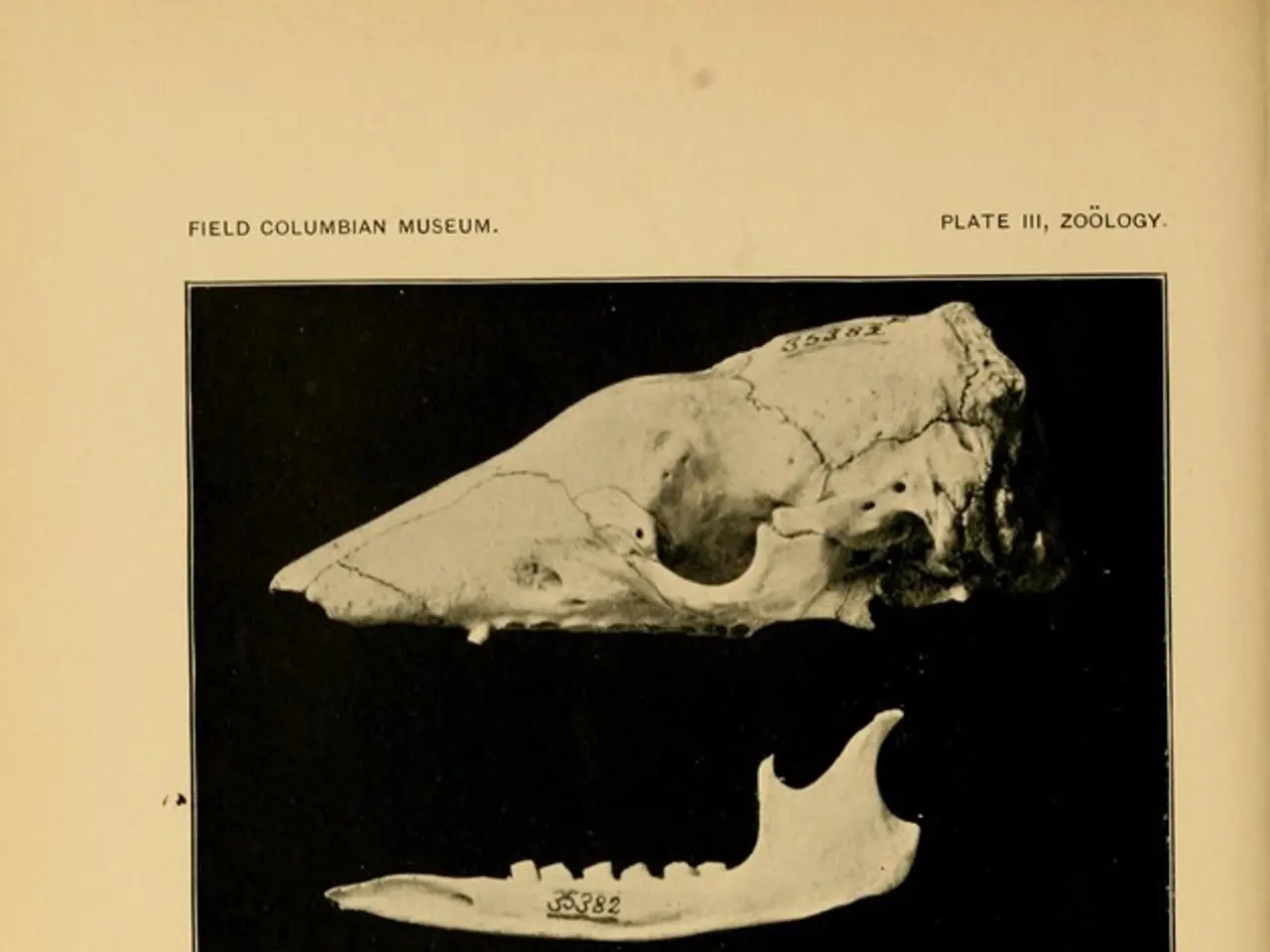The Crucial Role of the Posterior Talocalcaneal Ligament in Foot Stability
Anatomy enthusiasts and medical professionals alike are reminded of the intricate structure of the human foot, with the posterior talocalcaneal ligament taking centre stage. This short but crucial band, first described by Henry Gray in 1858, plays a vital role in foot movement and stability.
The posterior talocalcaneal ligament is a robust structure that connects the lateral tubercle of the talus to the upper and medial surface of the calcaneus. Its fibres radiate from their attachment site on the talus, forming a strong, supportive network. This ligament is a key component of the subtalar joint, which is formed by the junction of the talus and calcaneus bones. The subtalar joint, one of two major joints in the human ankle, enables the side-to-side movement of the foot, a critical function for balance and agility.
The primary role of the posterior talocalcaneal ligament is to stabilise the subtalar joint. It achieves this by limiting excessive movement and providing support during weight-bearing activities and physical exertion. Without this ligament, the subtalar joint would be prone to instability, increasing the risk of ankle injuries and impairing normal foot function.
The posterior talocalcaneal ligament, with its unique structure and crucial function, underscores the complexity and brilliance of human anatomy. Its stabilising role in the subtalar joint is indispensable for our everyday movements, making it a fascinating subject for both medical professionals and laypeople interested in the intricacies of the human body.





